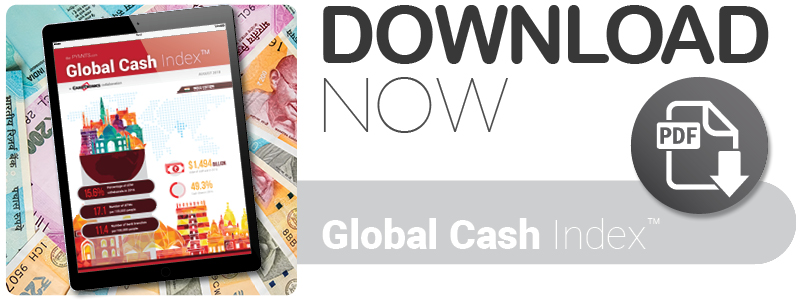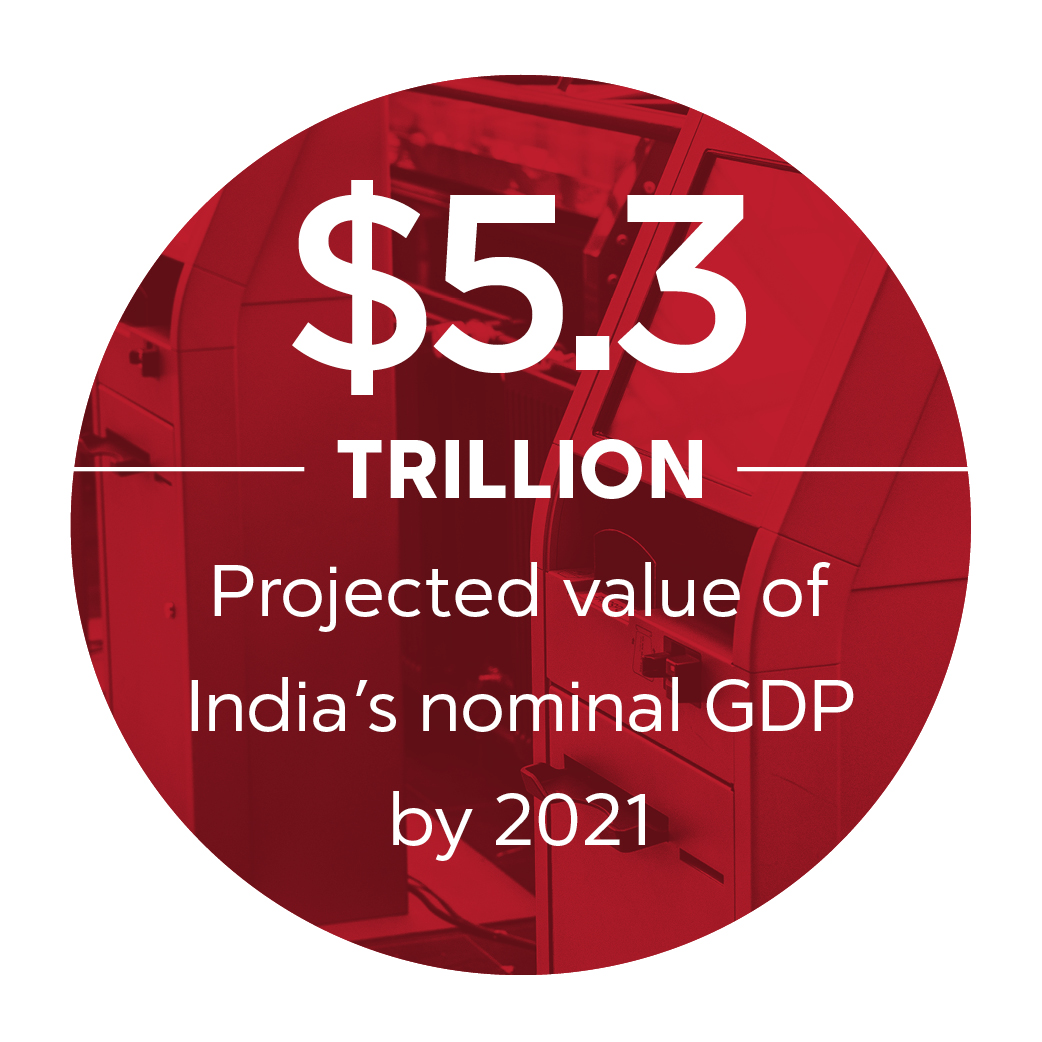NEW REPORT: What Demonetization? India’s Cash Usage To Reach $2.5T By 2021
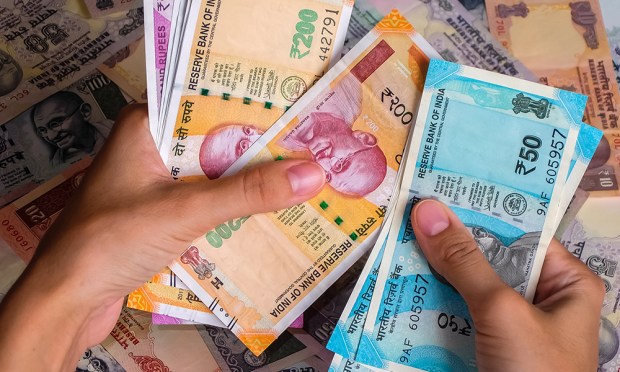
Demonetization was launched in India in an effort to crack down on the nation’s underground economy, boost tax revenues and encourage the transition to a digital banking infrastructure. However, nearly two years after the policy launched in 2016, cash remains a key component of the nation’s economy.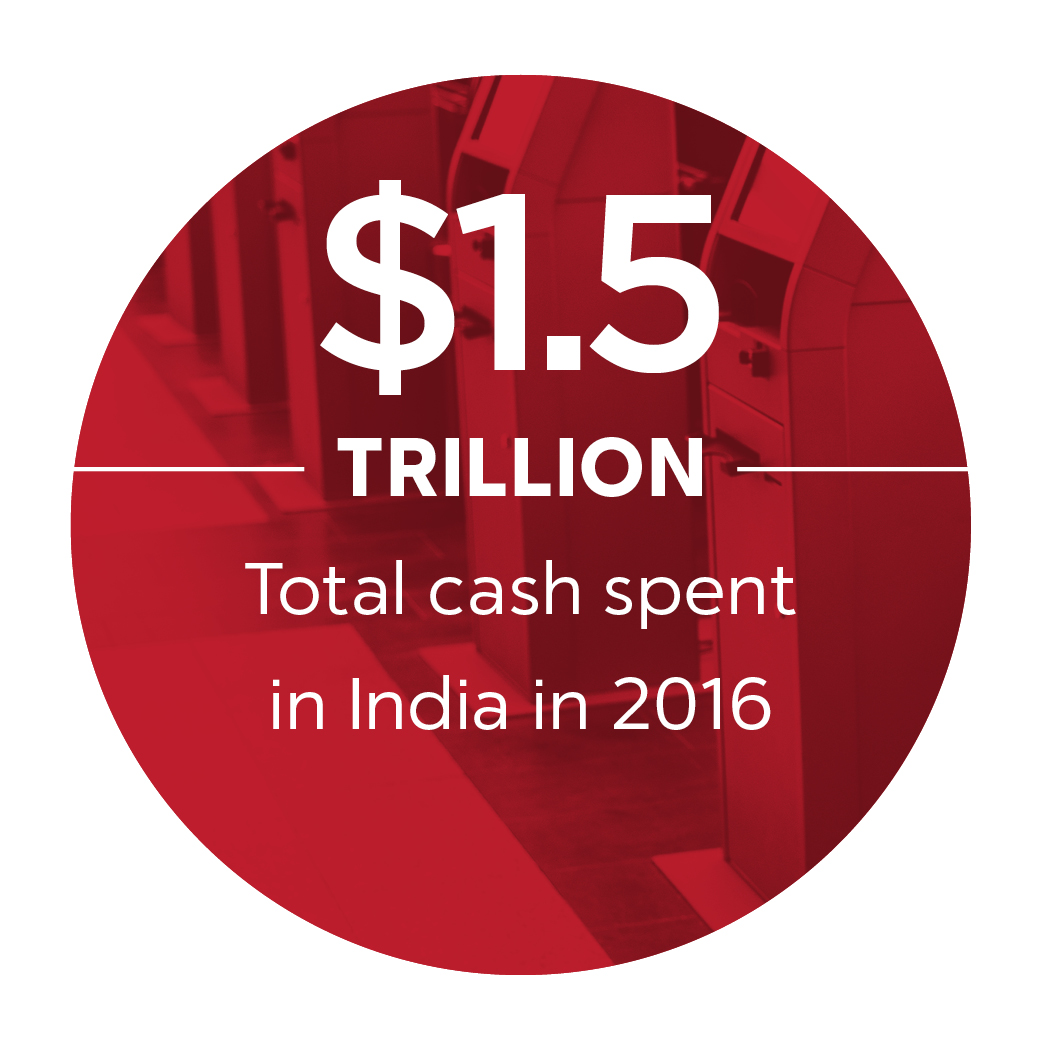
Several factors are helping cash thrive in India, including its large rural population with limited internet access, distrust of the nation’s financial systems and the population’s cultural ties to cold-hard cash. Meanwhile, a thriving underground economy is also keeping use of cash active. Based on current trends, the rate of total cash usage in India is expected to rise at a compound annual growth rate (CAGR) of 10.47 percent from 2016 to 2021.
While the policy has largely failed to discourage the use of cash, it has helped plant the seeds of opportunity for alternative payment methods. Post-demonetization, the market for digital payments in India has grown, which could create an opening for newer, alternative payment methods to gain ground in India, especially among younger, smartphone-savvy consumers. In fact, the number of mobile wallets in India grew by 433 percent between 2015 and 2017.
Here are some notable findings from the latest Index:
- India has just six point-of-sale (POS) terminals per 100,000 people, far below the rate of other Asia-Pacific neighbors.
- India’s cash usage was 49.3 percent in 2016 and is expected to drop slightly to 46.2 percent by 2021.
- India spent $1.5 trillion in cash in 2016, far more than any other nation in the region.
- India has four bank branches per 100,000 people, a rate lower than Australia and South Korea, but more than Singapore.
A Growing Competitor For Cash
While demonetization hasn’t rendered cash obsolete, it has prompted many Indian citizens to look into alternative, digital payment options. Digital payments provider Paytm, for one, was reportedly able to triple its user base, onboarding 14 million accounts in November 2016 alone.
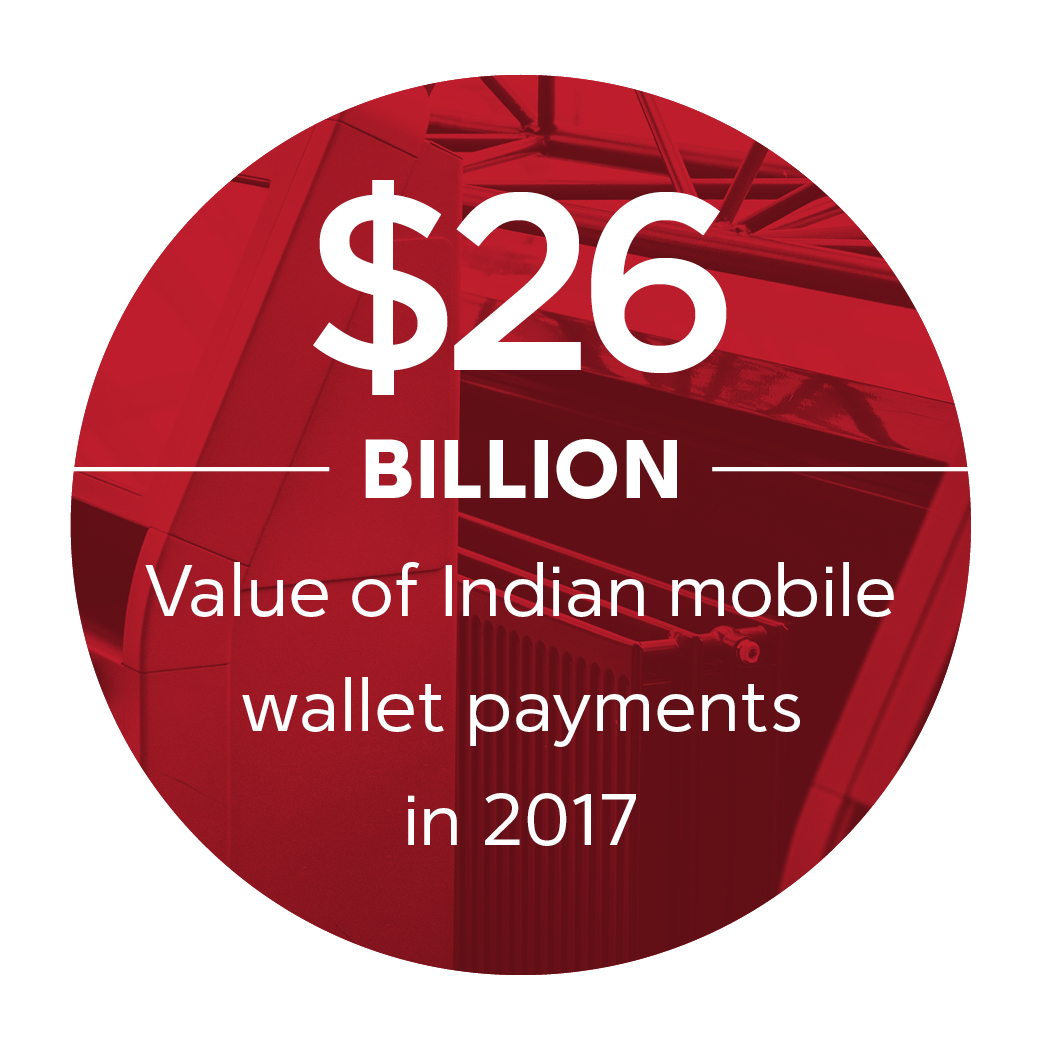 As YES BANK’s Chief Digital Officer Ritesh Pai explained, the policy helped inject fuel into the nation’s digital banking sector, laying the foundation for new digital payments to gain ground.
As YES BANK’s Chief Digital Officer Ritesh Pai explained, the policy helped inject fuel into the nation’s digital banking sector, laying the foundation for new digital payments to gain ground.
“Demonetization got the ball rolling,” he said. “[Fearing] the absence of cash, people had no choice but to go to electronic payments.”
However, though digital banking and alternative payments have gained an interest, Pai acknowledged that cash continues to be a heavyweight in India. For this reason, he said it is important for the nation’s banks to be careful not to alienate customers who still use cash.
“If you try to force [alternative] solutions down [the] throats of people who are still interested in cash, then sometimes you will have pushback,” Pai said.
To read the feature story and get the latest insights on cash usage in India, download the Index.
About The Index
The Global Cash Index™, a Cardtronics collaboration, focuses on the use of cash for making payments, and as a payment method that equally plays a role with cards, checks, direct debit and other methods of settling up between consumers and businesses. Unlike most reported estimates of cash, this proprietary data analysis focuses on the use of cash for making payments rather than hoarding.
